Hi all,
Having reunited we made our way down to Copan, on the Honduran/Guatemalan border to see the famed Mayan ruins.
The Town - Copan Ruinas
Small colonial town with a good feel to it and enough tourists passing through to ensure that there is good food, but not too many to ruin the place.
We posted home all Phil`s books, which cost as much as it was to buy them! We are sure we also provided some amusement to the post office staff who were intent on breaking down the boxes we had into about 6 miniature parcels to get them under the limit... honestly, who can fit a backpack into a 10cm by 5cm box? The boxes were that tiny we COVERED them with about 37-40 stamps per parcel.. no franking stamps available.
The Ruins
Impressive. Definitely impressive. A large open plaza filled with stelae - 8 ft intricately stone-carved reliefs showing impressions of the rulers of the time. Multiple stairways, temples, a ballcourt and random statues and carvings in the individual brickwork throughout the site. We took over a hundred photos to give you some idea.... we can see you salivating now, waiting for the slide show when we get back!
Like much of Central America, there was unfortunately a lack of information on the rituals, ceremonies and general daily life... they really rely on you hiring a guide to show you around at exorbitant prices. We heard one English-speaking guide try to relate a hieroglyphic stairway to Led Zeppelins `Stairway to Heaven`. But that said, we did eavesdrop on some interesting information from another guide about the ballgames.
The ballgames the Mayans played was in an I-shaped court with sloping walls in the middle section... the idea was to keep the ball in the air... a little like old-time volleyball. The winners were killed to celebrate the glory. Good motivation to stay in the B-team.
We lastly ventured into the local Museum which houses a lot of the original statues, as many of these are being protected from the elements. Interestingly, archaeologists are fairly definite this site was abandoned because the population outstripped the local resources and agriculture couldn`t sustain them. Evidence of malnutrition was found in skeletons nearby.
Friday, September 08, 2006
Subscribe to:
Post Comments (Atom)
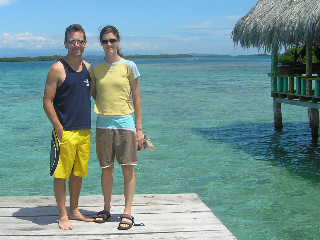


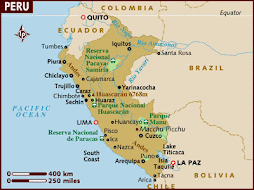

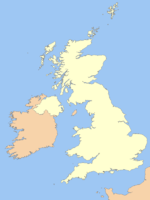

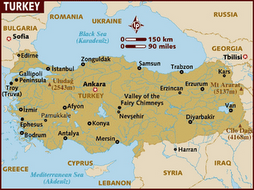
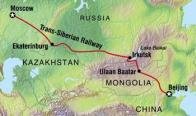

No comments:
Post a Comment